Although in 2024 rule-of-law disputes have led to a noticeable reduction in EU development funds flowing into Hungary’s state coffers from the new seven-year EU budget, this doesn't mean that Brussels has completely turned off the funding taps. The situation warrants clarification, because the narrative spreading in Hungarian public discourse suggests that the country has fallen off the "map" of EU funds and that the Orban government no longer values community funding.
So, let’s start with what's a crucial point for Hungary (as well): how much money is coming from Brussels? For a long time, Hungary was the "number one" member state in terms of fund absorption.
But let’s look at the details! Since the 2024 figures are not yet finalized, we can only analyze partial data from 2023 reports, at least if we wish to remain on an annual basis.
In 2023, Hungary—according to the European Commission’s final data—drew nearly €6.5 billion while contributing almost €2 billion to the common budget, resulting in a surplus of €4.5 billion. This figure aligns with the average of recent years. According to the statistics, Hungary was only surpassed by Poland and Romania.
Following the initiation of proceedings against Hungary, certain portions of the new seven-year budget and the Recovery and Resilience Facility (RRF) were entirely inaccessible. Nevertheless, Hungary received funds from the new Common Agricultural Policy and the cohesion funds of the 2014–2020 financial framework. Consequently, from the current seven-year (2021–2027) financing framework, Hungary was able to draw only minimal funds last year. Still, even these allocations are not negligible, as the government has decided on the fate of approximately HUF 4 trillion (around 9,75bn euros) in this cycle, with project managers already receiving HUF 2 trillion (some 4,88bn euros).
While the cycle is far from over, Hungary currently ranks in the middle tier of EU member states for fund absorption. If Hungary was able to access the frozen development funds, the volume of EU funds allocated to the country would not only be outstanding but, on a per capita basis, Hungary could compete with Croatia for the title of the member state receiving the most EU funds, proportionally.
Undeniably, a significant financial amount has already been lost, but there is still the possibility of benefiting from the RRF funds (the post-COVID resilience and recovery fund for member states), which ought to be utilized by August 2026.
The EU funds are (primarily) granted to all new member states to help them catch up to the EU average. Currently, Hungary's economic performance per capita (GDP) stands at 74.5% of the EU average. Most EU funding in recent years has gone toward regional development and cohesion, including infrastructure projects (such as highways and railways), various supports for disadvantaged regions, business development grants, and funding for environmental and sustainability initiatives. A significant portion of agricultural funding consists of land-based subsidies.
Hungary has been an EU member state since 2004. If we consider only the financial aspect of membership, it can be concluded that while community funds have provided substantial support, they have not delivered a breakthrough. No member state has managed to catch up solely by relying on EU funds.
So, it’s a "chicken and egg" situation: if the EU funds flowing into Hungary in foreign currency are so critical, how has the country avoided bankruptcy despite a significant decrease in funding? Simply put, Hungary’s finances remain predictably manageable. As a result, major international credit rating agencies continue to recommend Hungary for investment. Specifically, Hungary does not face a twin deficit (simultaneous current account and fiscal deficits) and has - by and large - maintained its debt ratio in recent years. Furthermore, Hungary’s primary budget balance (excluding interest expenses) has reached near equilibrium.
It is not an encouraging sign, however, that the European Commission (EC) has not yet assessed Hungary’s new medium-term economic program submitted to Brussels, due to methodological discrepancies. Also: international organizations, including the EC and the OECD, predict lower economic growth for Hungary in the coming years.
Meanwhile, the political tensions between Brussels and Hungary will likely result in a prolonged tug-of-war.
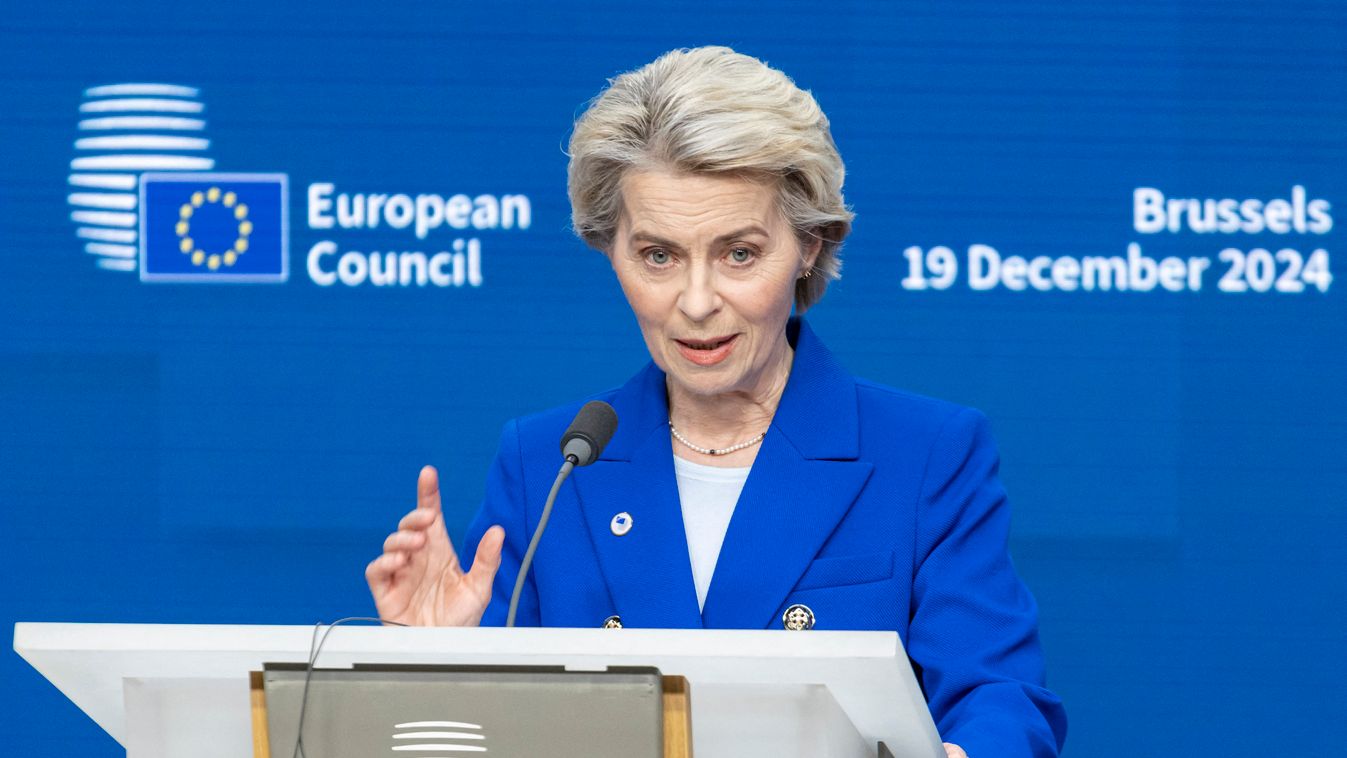
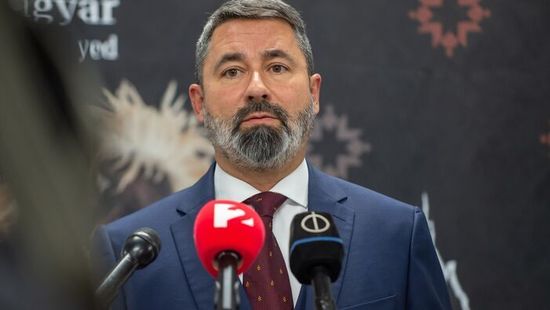
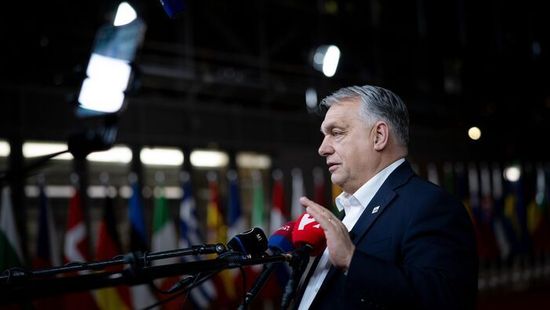
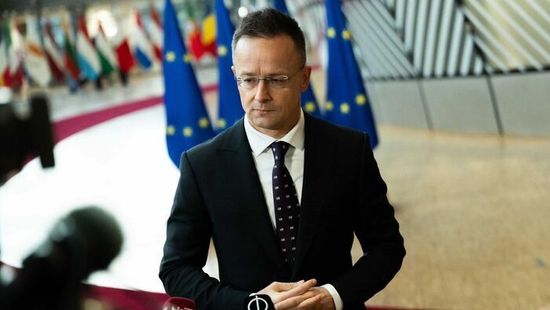




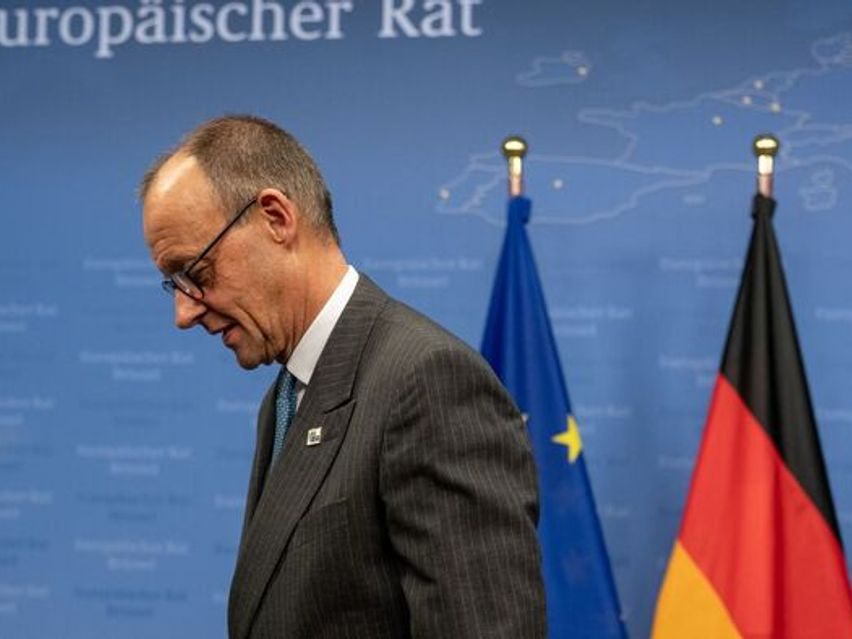







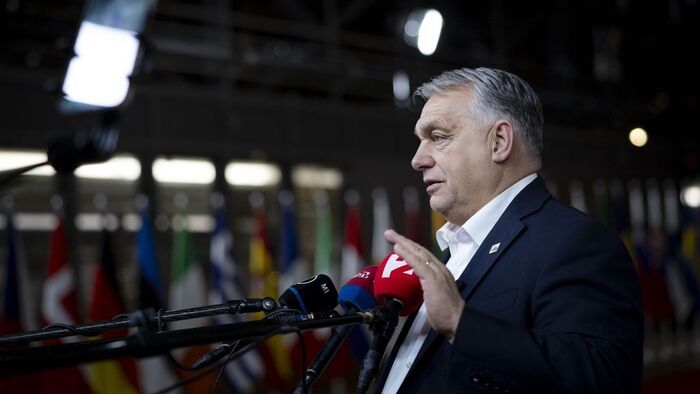



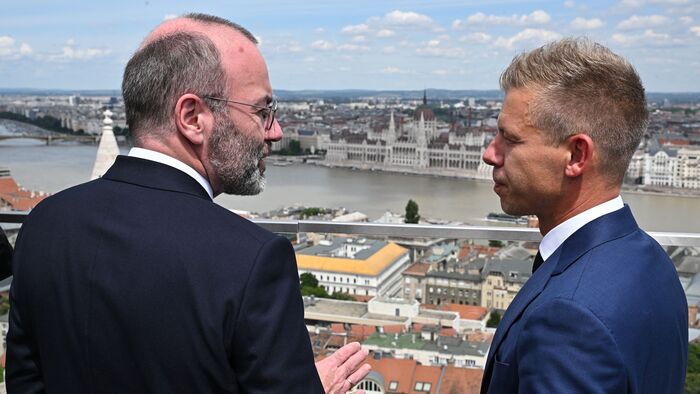

Szóljon hozzá!
Jelenleg csak a hozzászólások egy kis részét látja. Hozzászóláshoz és a további kommentek megtekintéséhez lépjen be, vagy regisztráljon!